Different Types of LIDT Specifications
This is Section 14.3 of the Laser Optics Resource Guide.
Laser-Induced Damage Threshold (LIDT) is the maximum fluence or intensity that a laser optic can withstand before being damaged. It is specified as a fluence for pulsed lasers, typically in J/cm2, and an intensity for continuous wave (CW) lasers, typically in W/cm2. LIDT values are statistically derived after testing and should be recognized as the fluence below which the damage probability is less than the critical risk level, not the fluence below which damage will never occur. Much more detail on the nature of LIDT and its testing can be found in our Understanding and Specifying LIDT of Laser Components, Laser Damage Threshold Testing, and Uncertainty in LIDT Specifications application notes.
Not all optical components are tested for LIDT and not all tests are performed the same way. This results in different types of specifications. Edmund Optics® (EO) specifies LIDT using the following three methods based on the performance requirements of the given optical component:
1) Laser-Induced Damage Threshold (LIDT), Certified
- A large enough sample size of the optics has been tested following ISO 21254 to guarantee performance to the best of our ability.
2) Laser-Induced Damage Threshold (LIDT), Reference
- At least one representative optic has been tested, but not enough to guarantee adherence to the specification.
3) Laser-Induced Damage Threshold (LIDT), By Design
- The optics are untested by Edmund Optics, but our engineers or third-party suppliers have confidence that parts should adhere to the specification. This specification could be used for optics similar to others with certified or reference LIDT specifications.
Our in-house laser damage testing lab allows us to perform our own metrology, ensuring the testing conditions mimic those of the intended end application. We have confidence in our LIDT, Certified specifications because we control the entire development process, from in-house design, to manufacturing, to testing. Having oversight of the whole process also ensures that changes in manufacturing processes do not impact the LIDT of optics intended for use with high-power lasers.
More Resources
- Understanding and Specifying LIDT of Laser Components
- Laser Damage Threshold Testing
- LIDT for Ultrafast Lasers
- Uncertainty in LIDT Specifications
- Laser Damage Threshold Scaling Calculator
- Bulk Laser Damage in Glass
- Importance of Beam Diameter on Laser Damage Threshold
- Why Laser Damage Testing is Critical for UV Laser Applications
- Laser Optics Lab Video Series
- Metrology at Edmund Optics: Measuring as a Key Component of Manufacturing













 Previous Section
Previous Section 



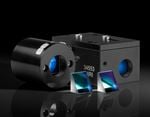






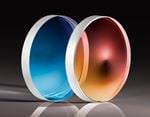








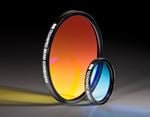






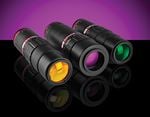






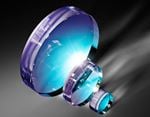
























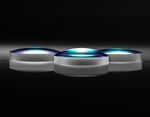

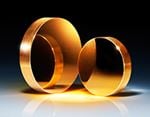


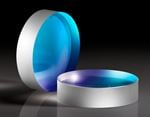




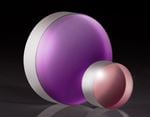













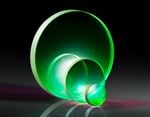




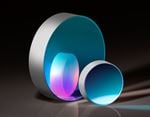
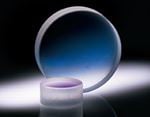

















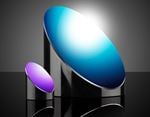




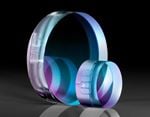
weitere regionale Telefonnummern
ANGEBOTSTOOL
Geben Sie zum Starten die Produktnummer ein.
Copyright 2023 | Edmund Optics, Ltd Unit 1, Opus Avenue, Nether Poppleton, York, YO26 6BL, UK
Die Edmund Optics GmbH Deutschland fungiert als Handelsvermittler für die Edmund Optics Ltd. in Großbritannien.
Vertragspartner ist die Edmund Optics Ltd. in Großbritannien.